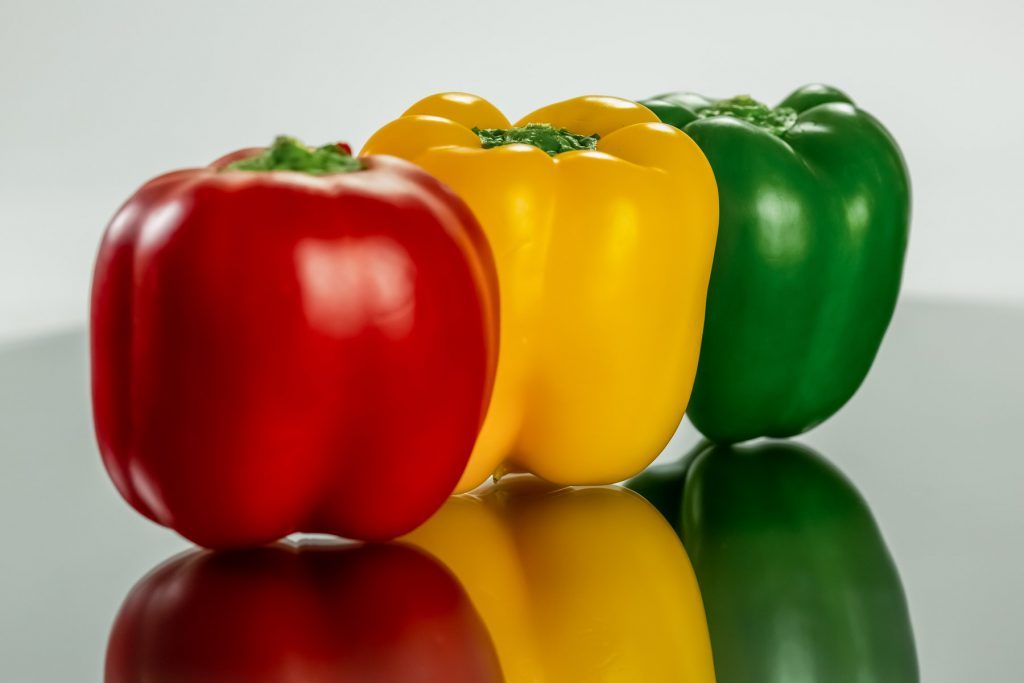Imports of peppers to the United States from Mexico registered a year-on-year drop of 8.5% in the first quarter of 2022, to 513 million dollars, according to data from the Department of Commerce.
Considering full years, imports of Mexican peppers to the US markets have shown an upward trend: 2018 (1,087 million dollars), 2019 (1,231 million), 2020 (1,305 million) and 2021 (1,511 million).
Peppers are cultivated all over the world, usually for fresh consumption, as well as for the industrial production of different products.
Similarly, pepper seeds (Capsicum annuum L.) are mainly considered a by-product. Recent research has shown that pepper seeds have the potential to be a valuable source of edible oil and flour rich in fiber and protein after processing.
Pepper seed oil is a high quality edible oil according to quality analysis (nutritional, chemical, sensory and antioxidant characteristics) and is suitable as an ingredient for use in the food and non-food industry (pharmaceutical, chemical, cosmetic industry).
Imports of peppers
Other outstanding external suppliers of these peppers in the US market during the first quarter of 2022 were: Canada (12 million dollars), Honduras (5 million) and the Dominican Republic (5 million).
Total foreign purchases from the United States in the first quarter of the current year totaled 541 million dollars, a drop of 8.4% year-on-year.
Currently, Mexico exports chiles and peppers to more than 40 countries, so the country’s Ministry of Agriculture recommends consolidating diversification and maintaining export destination options in the event of a reduction in imports from the United States.
Based on the increase in production, the Ministry of Agriculture recommends strengthening the quality and certification that improves the competitiveness of chilies and peppers with respect to the competition faced by other born exporters, or exogenous factors such as the outbreak of a pest, dumping investigations or other trade barriers.
Definitions
According to research published by the US Department of Health, Capsicum annuum is a native species that originated in southern North America, spread to Central and South America, and has a cultivation history of more than 400 years.
It has different forms of fruit that vary in size and flavor, as well as in names associated with etymology.
For example, in American English, non-spicy varieties are called sweet peppers, while those rich in capsaicin (which contributes to a hot or spicy flavor) are called hot peppers or chili peppers.
In British English, sweet varieties are called bell peppers and hot varieties chilies, while in Australian English and Indian English, Capsicum is the name used primarily for bell peppers (block-shaped) and chili for hotter varieties.
![]()

